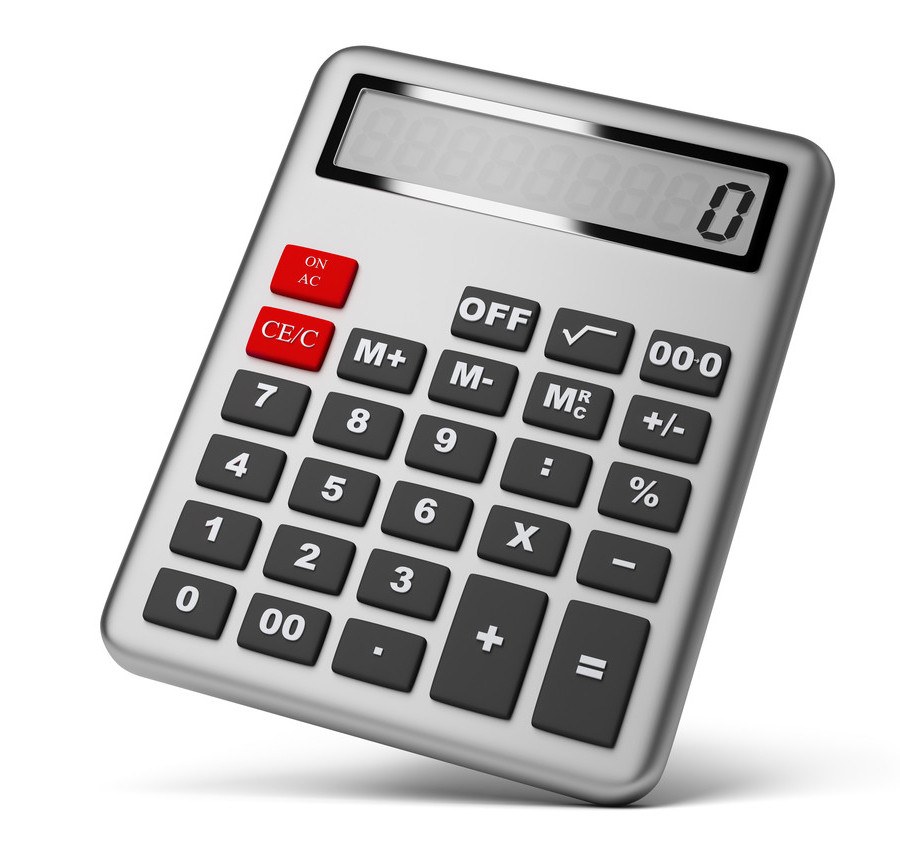Picking the right golf ball for your game is part art, part science. Some of us prefer something a little firmer off the club face whereas others like the feeling of a softer ball that seems to stay for a second or two longer in contact with the putter. However, there is no doubt that different balls are better adapted for certain golfers and how fast you swing the club should heavily influence your choice of ball. This golf ball compression vs swing speed chart along with the explanations underneath should make the choice a little bit clearer.
| Driver Swing Speed | Compression |
| 110 | Very high (90-120) |
| 100 | High (75-90) |
| 90 | Mid (65-90) |
| 75 | low (40-65) |
| 65 or less | Low/ladies (30-65) |
As you can see then, in very general terms, the faster the swing speed, the higher the compression ball you should probably be using. This is simply because a faster swinger is obviously going to be delivering that club head into the ball with more velocity which is going to be “squashing” it more effectively. This is one of the reasons why a slower swing speed player using a tour grade ball is not only wasting his money, he is actually making the game harder for himself.
Golf Ball Compression isn’t an Exact Science
However, the range is also quite broad. As an example, we can find balls that have a compression of 120 and will happily stand up o your average long drive champion. However, don’t be fooled into thinking that this is the sort of ball you will find in all the bags on tour. For example, the pro V1 might well be the most common ball on tour over the last decade or two and yet ‘only’ has a compression rating of 90. There are also pros playing with balls that are rated 75.
If you want to know just how much of a difference all this is potentially making, there have been a couple of really good studies on various balls and My Golf Spy always have some great information backed up by numbers. The differences in spin and distance are quite eye-opening and should probably make most of us look a little bit more carefully at our choice of ball. In fact, I would say that for a lot of us, going through a ball fitting before worrying about a club fitting might actually pay off more in terms of on-course results.
There is no way someone swinging at 90 miles an hour or less with a driver will get the best out of a high compression ball and the spin will be effected hugely too. Ironically, this is also true around the green. Someone with poor swing dynamics who chooses a tour ball because “it gives me more control around the green ” is kidding themselves there too.
Strike is (Still) King
The other thing to consider with compression is actually how well you strike the ball. There are quite a few golfers who swing at 105 mph or more who think that they should be playing a higher compression ball. If their ball contact is less than stellar, it could also be worth using a lower compression ball.
Of course, there is also the idea of personal preference, which brings us back to where we started. Someone who has also being playing a ball that is ‘wrong’ for his swing speed might just be very comfortable with what this ball does for his game. He knows the results he will get and likes the feel off the clubface. He might be losing a bit of distance but perhaps this is compensated by the level of comfort and control that his usual ball gives him, and that is certainly not something to rule out.
However, there is a type of golfer (and in all honesty, this is probably me) who doesn’t pay enough attention to his ball. I don’t tend to worry too much most of the time and although I will generally avoid hopping about from one ball to another, I do have periods where I will use one ball for a few weeks and then something quite different. This is not a smart way to play good golf and I, like many others, would be better off finding a decent fit and sticking with it.
Feel is as Important as Speed
Of course, it isn’t all about compression. Feel is very important too. . One of the reasons why golf ball prices can be so steep nowadays is that manufacturers have become very smart in playing around with materials in order to get something that works for every golfer. This is also very dependent the cover of the ball. PRO V1 or other high-grade tour ball has a different feel to your cheaper ball because it cover is made from Urethane which does help with a softer feel in a higher compression ball. Some modern balls such as the tour offerings from Taylormade can have up to five layers within the core of the ball which also means that feel and compression aren’t always as closely linked as you might think.
Of course, given all these variables, finding that perfect ball for you might feel a little bit like looking for a needle in a haystack. It actually isn’t as complicated as all that. As long as you are starting out with something that is in about the right ball park, you should be fine. Another method is to pick one manufacturer and just work through their range of balls until you find the one that you like best. Today, it is possible to get a high performance ball that will be best for your game and give you the feel you prefer without breaking the bank.




